
12 Jan Gartner’s 2020 Predictions – Digital Identity
In 2019, Gartner announced their top 10 identified government technology trends for 2019/2020. Predictions are hard, especially when they’re about the future, and it’s pretty likely that Gartner hadn’t factored in an impending worldwide pandemic when they wrote these, but let’s kick off a new year and revisit them for completeness, rate them in terms of relevance, and see how Dinode’s xMS platform incorporates each of these elements.
Trend #2 – Digital Identity
Gartner Says:
Digital identity is the ability to prove an individual’s identity via any government digital channel that is available to citizens. It is critical for inclusion and access to government services, yet many governments have been slow to adopt them. Government CIOs must provision digital identities that uphold both security imperatives and citizen expectations.
There’s been a definite uptake in these kinds of centralised authentication services for Australian Citizens, at least at the federal level with the MyGov digital ID services and states providing similar services, such as Service NSW. Local government is also getting in on the act with councils offering similar central authentication platforms.
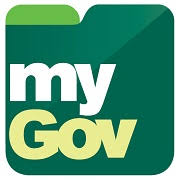
2020 was the year that I finally managed to leave my physical wallet behind, with digital driver’s licenses now being accepted by government agencies.
Determining a users’ identity using a central authentication provider allows for significant benefits to both governments and citizens.
It allows for governments to offer multiple services to the same citizen. Under the covers, these different services are accessing different data, often stored in disparate and different systems. In the past, each of these systems would have had their own tables that store user identity data. Centralising sign on allows for governments to have a single view of a client – to see what services they use, and to anticipate their future needs.
It also means that citizens don’t have to constantly re-authenticate themselves as they access different services. (There are probably a lot more notebooks filled with passwords sitting on people’s desks than you suspect!) This also substantially reduces the attack surface, by having one standard (and hopefully highly secured) entry point for all services.
Software systems that are designed for government also need to be aware of this trend. One of the constant menaces of managing government systems is synchronising user data between payroll, EDRMS, e-mail, and so on. Every system has its own idea of what data should be stored for a user identity, and none have the exact same idea. The Digital Identity trend means that modern systems should actively stay away from storing identity data, and expect authentication and relevant user information to be defined, authenticated and stored in a central system.
This is the approach we have taken with xMS. As we saw in a previous trend, an xMS user can have one or more authentication providers from different sources – so a MyGov authenticated user can be added to the same xMS App as a department Active Directory user.
We also allow the user entity type to be extended with whatever information you choose. If you want to add additional user metadata that’s specific to your organization, you can do that:
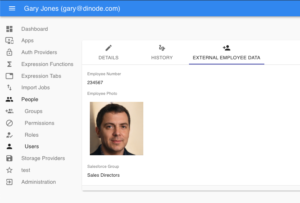
xMS supports extensible, user configured metadata for all business objects
Our flexible metadata engine means you can add simple data like an employee ID, or more sophisticated data like files, collections, or references to other business objects or apps. In the example above, external employee data has its own tab, and could be sourced from multiple systems.
And all the data is instantly exposed via our secure REST API, so if you need to sync or update that custom data from a central master metadata source, you can do that too.
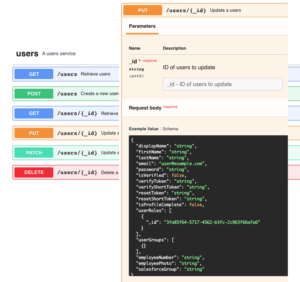
The xMS API is automatically generated in real-time based on the data you define. So added fields and configuration data are always present for integration with external systems.
Digital Identity is all about authorization – proving who you are, and it’s different from authentication – which is what you can do now that we know who you are. Having a centralised, microservice based architecture where users can log in once, and then use their validated profile for multiple systems allows for better ease of use, better understanding of how citizens engage with government systems, and better security. In this post COVID world, where we’re all authenticating from our home offices, (or our couches!) It’s more important than ever that every part of the enterprise software landscape plugs in to centralised digital identity.
Our Rating: Relevant
Digital Identity was definitely an important element for government in 2020, and in a year where authorization officially “Left the building” – a further commitment to strengthening, securing and standardising these tools seems like a sound strategic objective.
If you’d like to chat with us about how an xMS powered management system can take advantage of your centralised authentication strategy, please get in touch!


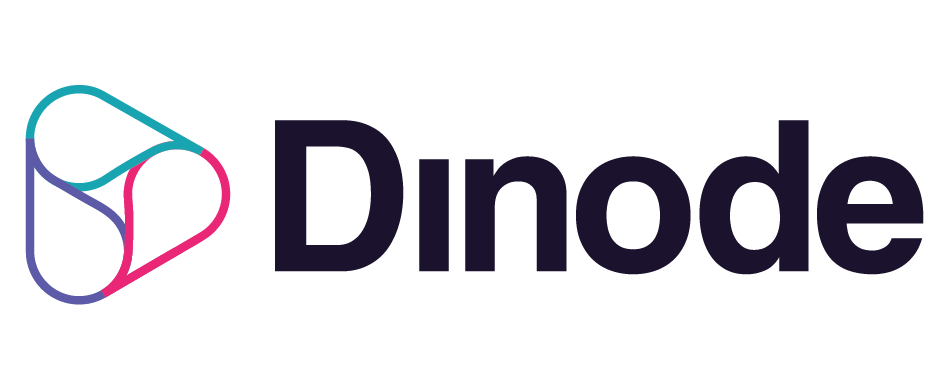
Sorry, the comment form is closed at this time.